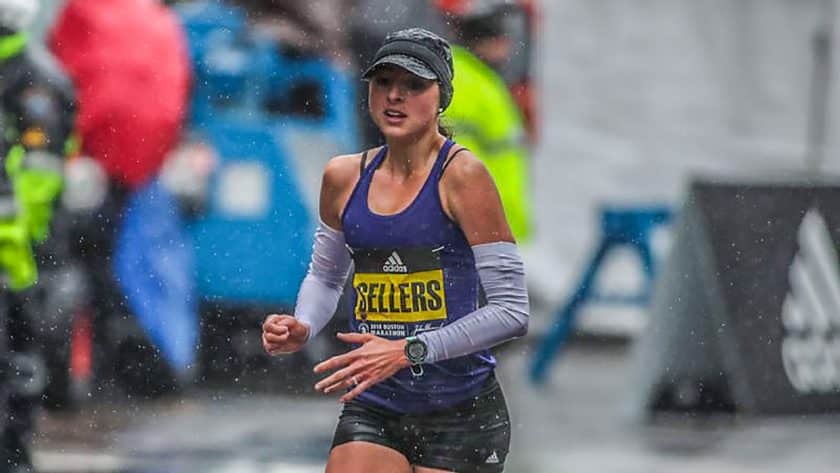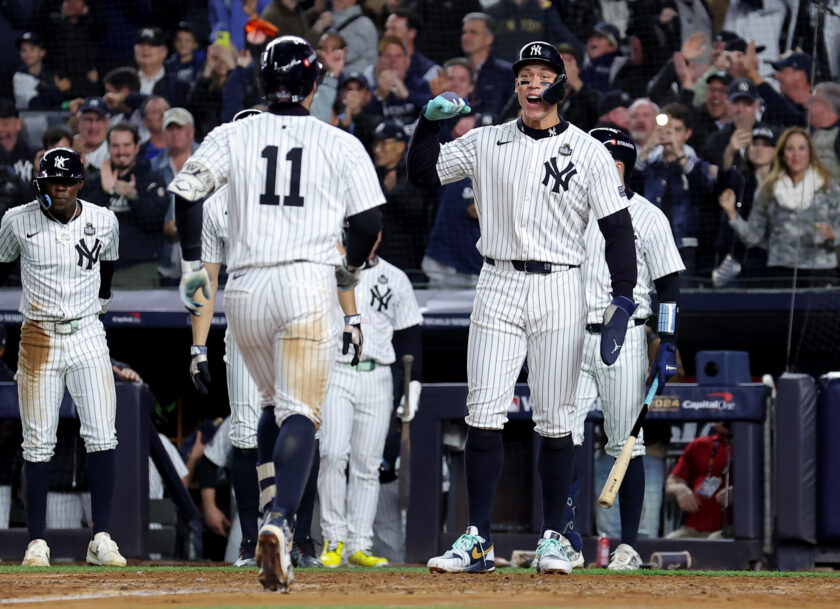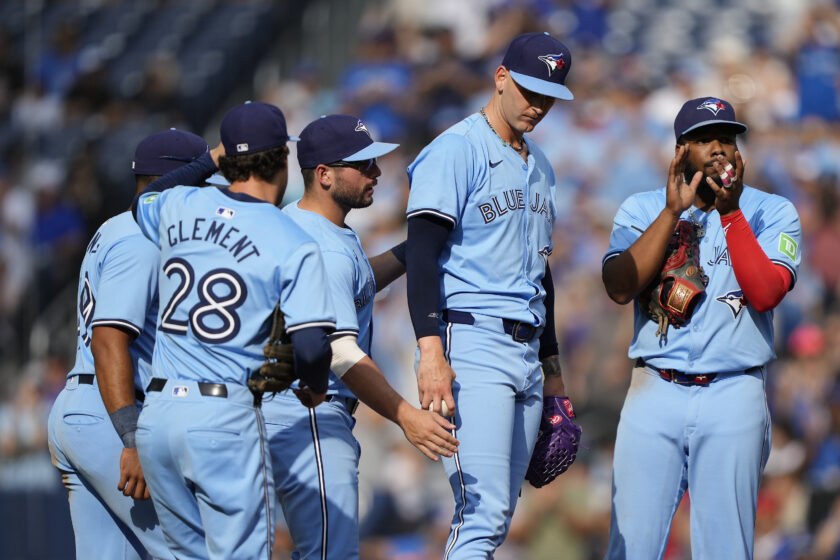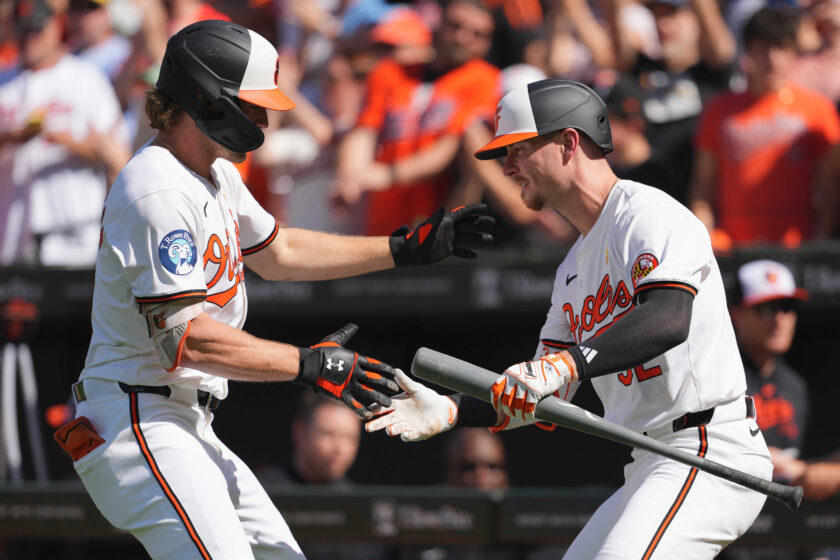The most inspiring Boston Marathon runners did not medal

The event was amazing and the finish was breathtaking, but the most inspirational Boston Marathon runners didn’t even medal.
Together, Sarah Sellers, 27, and Joan Benoit Samuelson, 61, inspired female runners of young and old at the 123rd Boston Marathon on Monday. They did not medal but the two attracted the love of fans lining the streets from Hopkinton to Boylston because, unlike some of the elite runners at the front of the pack, we can relate to them. For maybe even a second we think, “I can run 26.2 miles, too.”
About 30,000 runners competed in the historic Boston race—each with their own stories that led them to the crazy number of 26.2. The men’s race saw the closest finish since 1988 as Lawrence Cherono won with a time of 2:07.57, just two seconds ahead of Lelisa Desisa. For the women, 28-year-old Ethiopian Worknesh Degefa broke from the pack five miles into the race and did not look back, ultimately finishing 42 seconds ahead of 2017 Boston winner Edna Kiplagat.
The race was not over, though. Where was Sellers? And where was Benoit Samuelson?
Sellers was the surprise runner-up of last year’s Boston Marathon, coming out of nowhere on a cold and rainy race day of miserable conditions. She did not know that she won silver until a race volunteer told her. Before that marathon, Sellers was a nurse anesthetist at a hospital in Tucson, Arizona who also happened to like running.
She has since served as an anomaly to the distance-running world—a group of crazies who typically quit their jobs in order to train. In an interview last month in New York, before running the New York City Half-Marathon, Sellers said, “If I quit my job and trained full time, I don’t see it going well. I’d be a stress case and I’d be more injury prone. When I balance the two, I think I have a better perspective.”
Got bib? @SarahWhoSellers @lflanagan242 @scottfaubs @JordanHasay @jwardy21 #BostonMarathon pic.twitter.com/693RKenCbP
— Boston Marathon Pro (@Boston26_2_Pro) April 15, 2019
To all of the Type-A runners out there (which is pretty much every runner), Sellers is the perfect example of doing it all. She is proof that, at 27 years old, we can have a career and train and be good at both. Her 19th-place finish against some of the fastest runners in the world on Monday does not change that. It energizes us.
And then after we watch Sellers cross the line, we look for Benoit Samuelson who is no stranger to Boston. The two-time Boston Marathon champion said that she wanted to run within 40 minutes of her winning time 40 years ago at Boston, when she crossed the line in 2:35.15.
But in the Bowdoin College singlet that she says she wore to honor her win in 1979 when she was 21 years old, Benoit Samuelson beat her goal and finished the race in three hours and four minutes on Monday.
“To be here, 40 years later and being able to run, let alone being able to run a marathon, I feel blessed,” Benoit Samuelson said.
Boston Marathon legend Joan Benoit Samuelson finishes the Boston Marathon 40 years after her historic win. pic.twitter.com/vCrfvS0ttp
— WBZ | CBS News Boston (@wbz) April 15, 2019
A lot has changed for Benoit Samuelson since she became the first woman to win gold at the inaugural women’s Olympic marathon at the 1984 Games in Los Angeles. Her body did not react well to fluctuating course temperatures and she pulled a calf muscle in the first half of the race. But she still finished.
Now, there are more women than ever, women like Sellers, who love to run. A recent study by the New York Times found that, in the United States, women make up 57% of finishers in races. Globally, the number of females running races has risen to 25%, compared to 7% for men.
Just like Kathrine Switzer broke the barrier for women runners as the first female to run Boston in 1967, Benoit Samuelson paved the path for Sellers, who is paving the path for the next one. The next girl who decides she’s going to go up against the toughest opponent—herself—and try to beat her on the biggest stage.
Because in the world of running at least, there are women role models every step of the way.
[sc name=”Generic Link Next” link=”https://elitesportsny.com/2019/04/17/new-york-jets-patriots-focus-curiously-contrasts-with-winning-mindset/” text=”The Jets’ Patriots Focus Curiously Contrast With New England’s Winning Ways” ]





